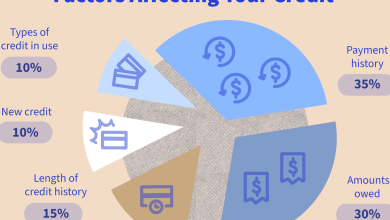An explanation of currency pairs correlation
How often have you heard someone say that the Euro and the Dollar are positively correlated? Or maybe you’ve been told that when the Yen weakens, the Euro strengthens? While it’s true that specific currency pairs tend to move in tandem with one another, it’s not always easy to understand why this is.
This article will explore currency pairs correlation and provide tips on using this information to your advantage in the forex market. For more information about currency pairs, check here.
What is currency correlation?
When it comes to trading currencies, it’s essential to understand the concept of correlation. This refers to the relationship between two currencies and how they tend to move about each other. For example, a positively correlated currency pair would move in the same direction, while a negatively correlated pair would move in opposite directions.
The degree of correlation is measured using a correlation coefficient ranging from -1 to 1. A coefficient of 1 means the currencies have a perfect positive correlation, while a coefficient of -1 means they have a perfect negative correlation. Understanding currency correlation can be crucial in developing successful trading strategies and minimising risk exposure.
By analysing correlations and diversifying their portfolios accordingly, traders can potentially maximise returns and minimise losses. However, it’s essential to remember that currency correlations can change over time and should be regularly monitored.
Types of currency correlation
Currency correlation refers to the relationship between two different currencies. There are three main types of currency correlations: positive, negative, and no correlation. A positive correlation means that the two currencies will generally move in the same direction, while a negative correlation indicates that the currencies will typically move in opposite directions. No correlation means that there is no consistent relationship between the movements of the two currencies.
It’s essential for investors to understand currency correlations, as they can have a significant impact on investment strategy and portfolio diversification. In particular, pairs with high positive correlations may not offer much diversification benefit, while pairs with negative correlations can help offset potential losses in a portfolio.
Ultimately, understanding currency correlations can help investors make more informed decisions and potentially minimise risk.
The benefits of knowing about currency correlation
For those in the financial world, understanding currency correlation is crucial. By recognising how different currencies move about each other, investors can make more informed decisions about their trades and potentially minimise risk. Currency correlations can also provide insights into global markets and economic trends.
In addition, currency correlation knowledge can diversify a portfolio and spread out potential losses. Overall, understanding currency correlation can lead to tremendous success in managing investments. That said, it’s important to note that these correlations are not fixed and can change over time, so it’s essential to assess and adjust accordingly regularly.
Overall, being knowledgeable about currency correlation can significantly benefit both novice and experienced investors alike.
How to use the information on currency correlation when trading Forex
When trading currencies in the Forex market, keeping an eye on currency correlations is essential. A high positive correlation means that two currencies tend to move in the same direction, while a high negative correlation indicates they often move in opposite directions. This information can be used to diversify your trades and minimise risk. For example, if you’re already holding a long position in one currency pair, you could consider taking a short position in a negatively correlated pair to offset any potential losses.
Additionally, watching for sudden changes in correlation can alert you to shifts in the market and help inform your trading decisions. The key is continuously monitoring these correlations and using them as part of your overall trading strategy. By incorporating this information into your decision-making process, you can potentially mitigate risk and maximise profits.
The bottom line
Understanding currency correlation is essential for forex traders because it can help them to diversify their portfolios and minimize risk. By measuring the correlation between two currencies, traders can make informed decisions about which pairs to trade.
Apart from this if you are interested to know more about then visit our Business category.




